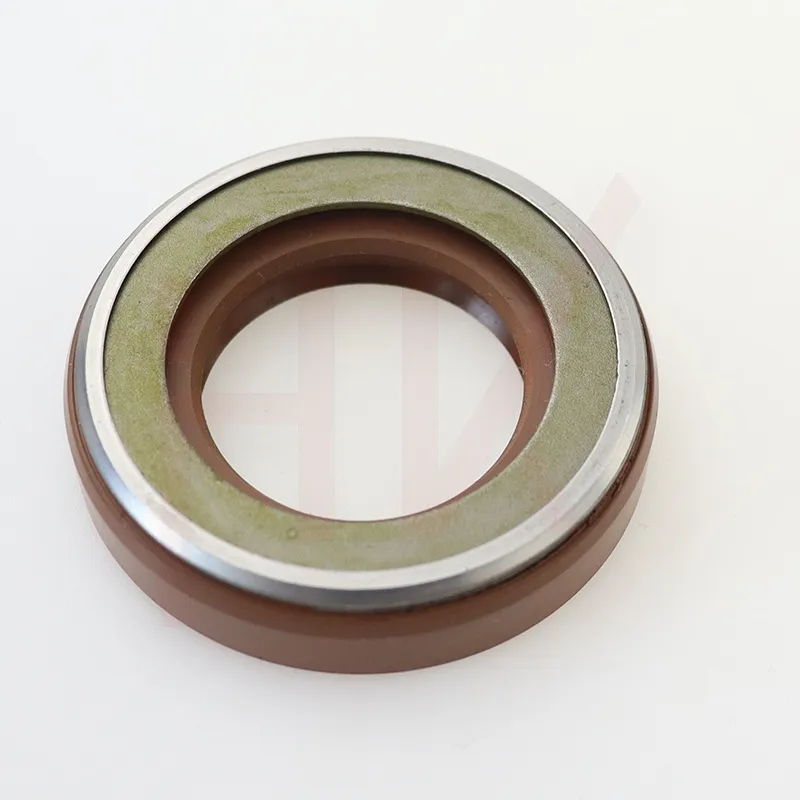Nov . 27, 2024 12:41 Back to list
Effective Solutions for Hub Dust Sealing in Various Applications
Understanding Hub Dust Seals Importance, Functionality, and Selection
In the realm of mechanical engineering and vehicle maintenance, the hub dust seal plays a critical role in ensuring the longevity and efficiency of various rotating assemblies. Whether in automobiles, industrial machinery, or aerospace applications, these seals are designed to keep out abrasive contaminants, facilitating a smoother operation and reducing wear on valuable components. This article will explore the importance, functionality, and considerations when selecting hub dust seals.
What is a Hub Dust Seal?
A hub dust seal is a protective barrier situated around the hub of a rotating component, typically a wheel hub in vehicles or an industrial machinery component. Its primary function is to prevent dust, dirt, debris, and moisture from entering the assembly while allowing for the necessary motion of components. These seals are usually made of durable materials that resist degradation from oil, grease, and extreme temperatures, thereby ensuring they perform optimally over their service life.
Importance of Hub Dust Seals
The significance of hub dust seals cannot be overstated. The primary advantage of employing these seals is their ability to extend the life of bearings and other critical components. Bearings are essential for reducing friction in rotating assemblies; however, their effectiveness diminishes significantly when contaminants invade their protected zones. Dust, for example, can cause pitting on bearing races, leading to premature failure and costly repairs.
Moreover, the ingress of moisture can initiate corrosion, further compromising component integrity. By effectively sealing off the hub from the external environment, dust seals protect against these wear factors, which is especially important in off-road vehicles or machinery used in harsh conditions.
Another crucial aspect of hub dust seals is their contribution to efficiency
. When contaminants disrupt the smooth operation of rotating parts, energy loss occurs, resulting in higher fuel consumption or increased power demands on machinery. Therefore, maintaining a clean and well-lubricated assembly through effective sealing not only enhances durability but also optimizes performance.Functionality of Hub Dust Seals
The functionality of hub dust seals lies in their ability to create a reliable barrier while accommodating necessary motion. These seals often come in various designs, including lip seals and labyrinth seals, each with unique characteristics suited for different applications.
hub dust seal

1. Lip Seals Commonly used in automotive applications, lip seals feature a flexible lip that maintains contact with the rotating surface. This contact creates a dynamic seal that effectively blocks contaminants while allowing smooth rotation.
2. Labyrinth Seals These seals utilize an intricate design composed of multiple grooves and ridges to impede the passage of dirt and moisture. While they may not provide as tight a seal as lip seals, their design allows for greater tolerance of misalignment and higher operating speeds.
Selecting the Right Hub Dust Seal
Choosing the right hub dust seal involves several considerations to ensure optimal performance. Key factors include
- Material The material must resist the conditions it will face, including temperature fluctuations, chemicals, and physical wear. Common materials include rubber compounds, polyurethane, and various plastics, each chosen based on specific application requirements.
- Size and Fit Accurate sizing is crucial for effective sealing. An ill-fitting seal can lead to leakage and contamination. Proper measurements must be taken to match the seal with the hub dimensions.
- Application Environment Understanding the operating environment is vital. For instance, vehicles operating in dusty or wet conditions may require seals with enhanced properties to withstand harsh environments.
- Installation Considerations The ease of installation can be a determining factor in choosing a seal. Some seals are designed for simple ‘press-in’ applications, while others may require more complex fitting procedures.
Conclusion
In conclusion, hub dust seals are indispensable components in maintaining the functionality and longevity of rotating assemblies. Their role in protecting against contaminants and moisture, coupled with their contribution to operational efficiency, makes them a vital consideration in the design and maintenance of mechanical systems. By understanding their importance and functionality, as well as carefully selecting the appropriate type for specific applications, engineers and mechanics can ensure optimal performance and reliability in their machinery and vehicles. Whether in everyday automobiles or specialized industrial equipment, hub dust seals warrant attention to safeguard the health of critical components.
-
TCN Oil Seal Metal Ring Reinforcement for Heavy Machinery
NewsJul.25,2025
-
Rotary Lip Seal Spring-Loaded Design for High-Speed Applications
NewsJul.25,2025
-
Hydraulic Cylinder Seals Polyurethane Material for High-Impact Jobs
NewsJul.25,2025
-
High Pressure Oil Seal Polyurethane Coating Wear Resistance
NewsJul.25,2025
-
Dust Proof Seal Double Lip Design for Construction Equipment
NewsJul.25,2025
-
Hub Seal Polyurethane Wear Resistance in Agricultural Vehicles
NewsJul.25,2025
-
The Trans-formative Journey of Wheel Hub Oil Seals
NewsJun.06,2025
Products categories
















